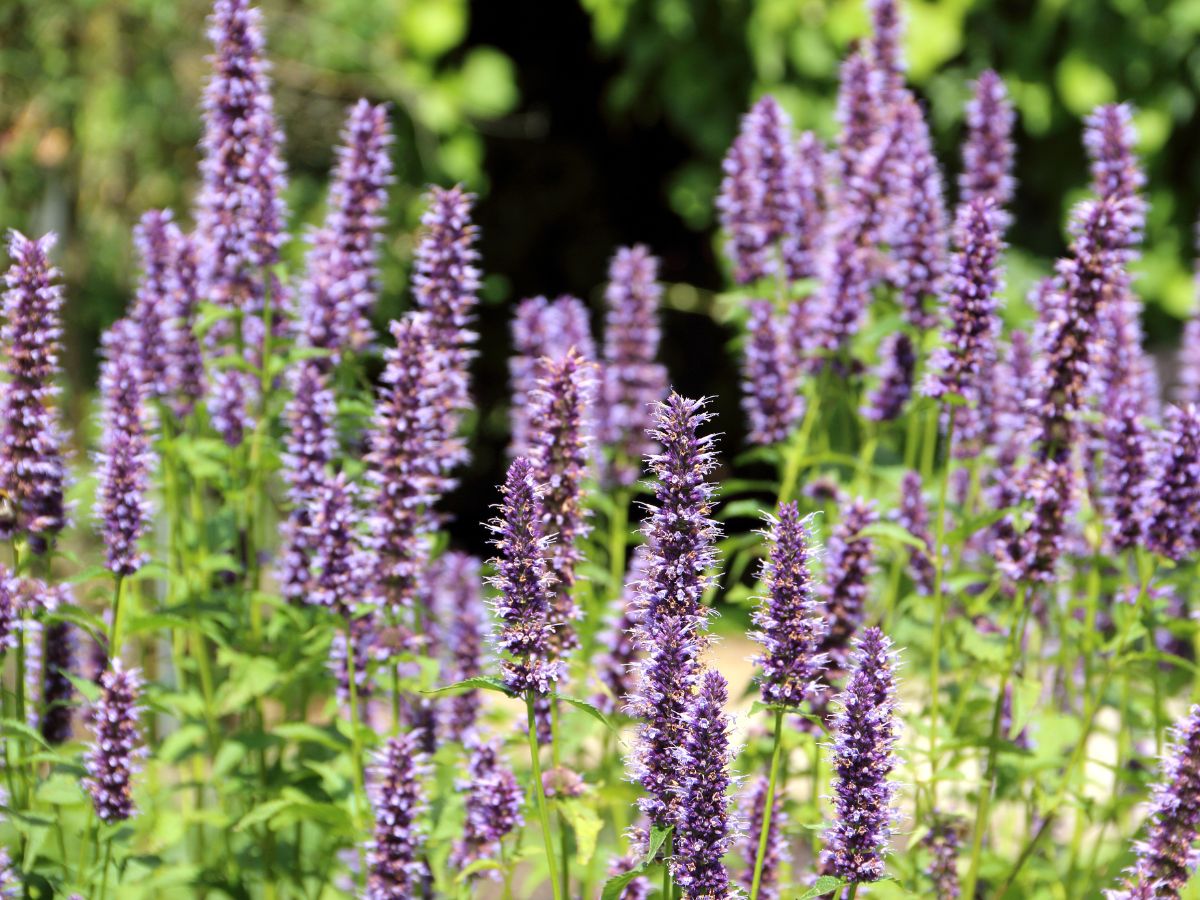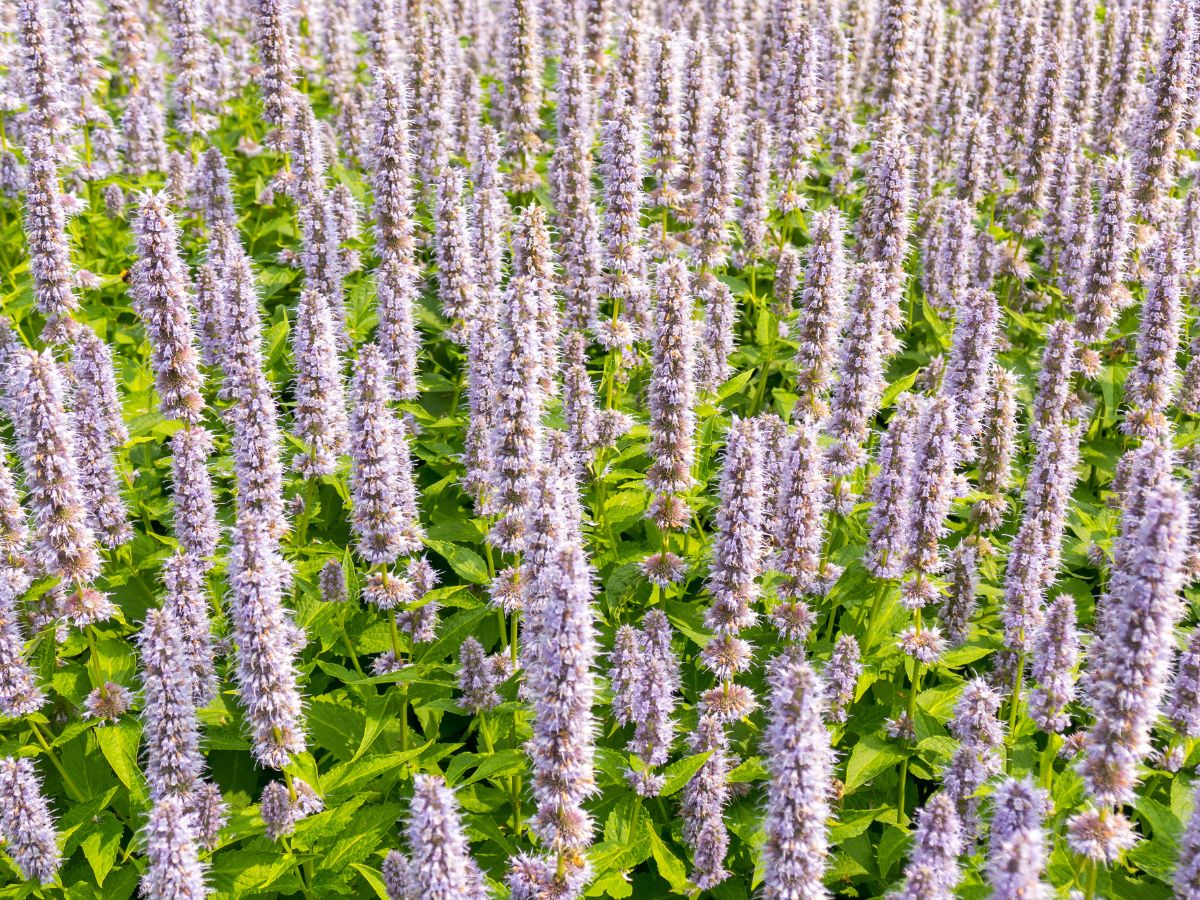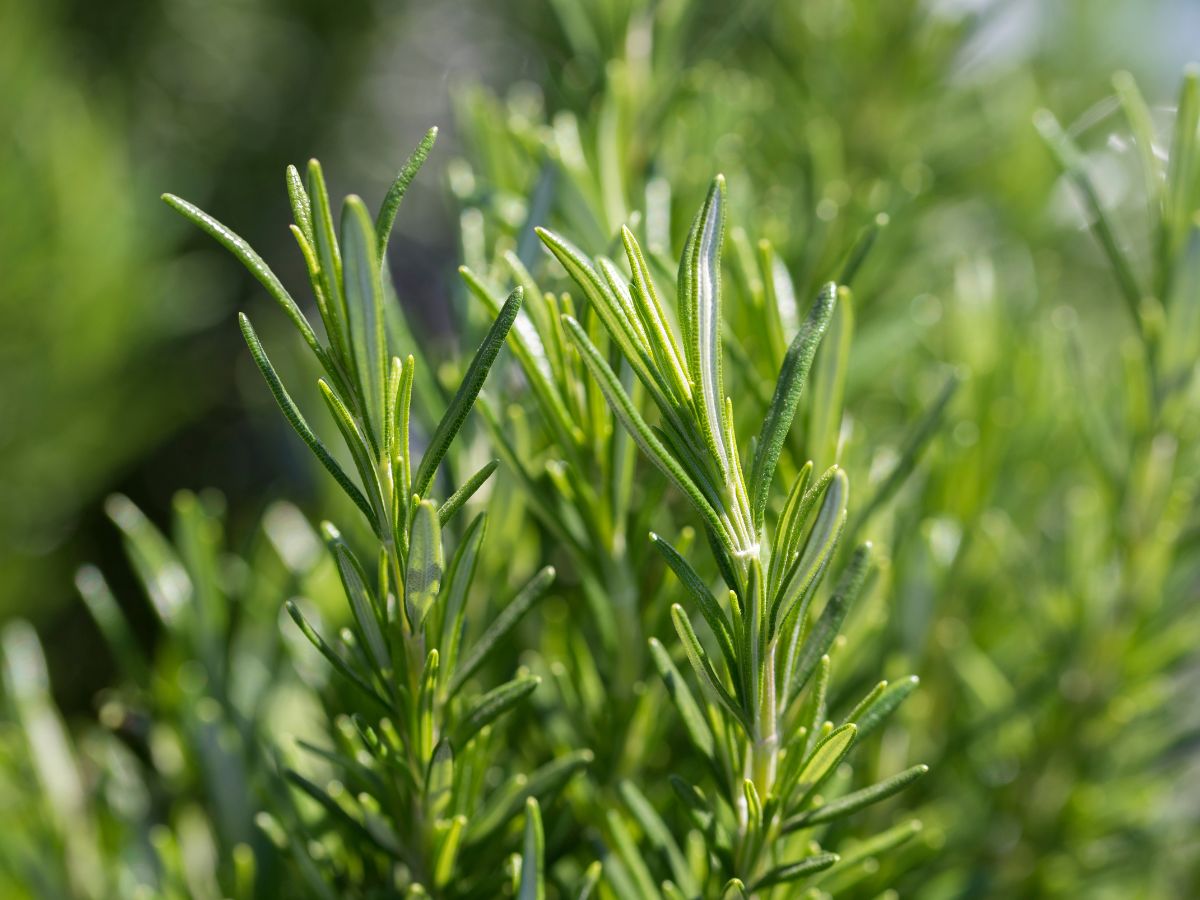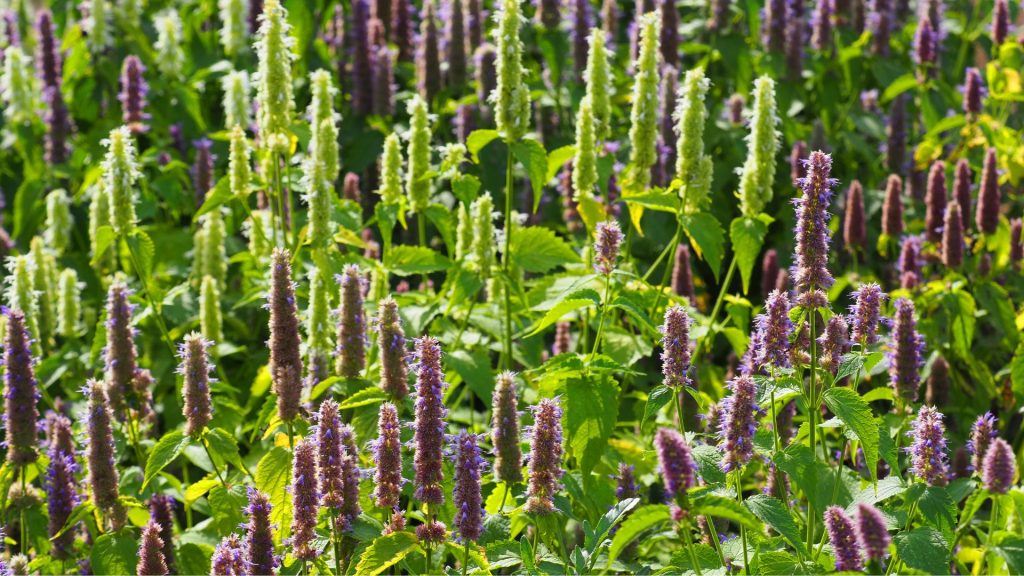Agastache is most often a perennial plant, also called hummingbird mint as it attracts with its wonderful scent and the sight of these little birds, butterflies, and bees. In appearance, these are luxurious landscape bushes that are used in vertical plantings. Can be bred as a perennial or annual (if there is no desire to prepare for wintering). Now we will tell you how to plant hummingbird mint and all about Agastache plant care.
The Agastache plant is quite large and massive, Agastache care is not difficult, therefore it is easy to breed and allows you to create lush, beautiful clumps. Fluffy Agastache flowers up to 4 inches long have the appearance of dense spikelets, flowers are tubular, narrow, purple, orange, purple, pink, white. The aroma is spicy, close to aniseed, with hints of pepper and mint. Agastache bloom time may vary depending on the variety, but on average it is from early summer to September.
How to Grow Agastache?

Growing Agastache is not as difficult as it might seem at first glance. Now we will analyze how to plant hummingbird mint from seed. If you want to grow Agastache from seed then prepare containers with a seedling substrate in early April.
The seeds are scattered over the surface, sprinkled with the same soil, and irrigated from a sprayer. To speed up germination, cover the container and leave it in a warm, well-ventilated area, and spray regularly. If the sprouts stretch too much, then you need to increase the light intensity and add soil to the level of the leaves.
When planting in the ground, the seedlings are removed with a lump of soil, the distance between the holes should be 7-10 inches. You can use compost for mulching.
When to Plant Hummingbird Mint?
The best time to plant hummingbird mint in the ground is early May. Grooves about 1 inch deep should be filled with some water before sowing. In the first year of flowering, most likely, it will not, but in the second year, the plant will delight your eye.
North America is considered the birthplace of the hummingbird mint plant. Ornamental varieties have already spread all over the world. Where to plant hummingbird mint? The choice of hummingbird mint plant zone should be treated responsibly. If you want to grow Agastache in yourself, then keep in mind that the plant needs a well-lit place. The fertility of the soil does not play a big role, but it should be loose and able to quickly get rid of excess moisture. In the first spring of planting, you do not need to fertilize, and in subsequent years it is worth fertilizing once in the spring with a layer of rotted compost.
How to Care for a Hummingbird Mint Plant?
Pruning
Hummingbird mint care also includes regular pruning. Hummingbird mint should be trimmed regularly to improve its appearance, as it can change during the growing season. To stimulate flowering, you need to cut off the fallen flowers. When cold weather sets in (early fall), plants should be pruned to a level just above ground level, but only after the plant is dormant. Do not worry, such pruning will not damage the plant, but will only improve its condition and allow new shoots to appear in the spring.
When pruning, use only clean and sharp scissors, because otherwise the stems can be damaged, which can cause and spread disease. Before the procedure, be sure to wash the scissors with hot water and soap. You can also wipe the blades with disinfectants to completely kill possible viruses and bacteria.
Plant Propagation

Vegetative Propagation
You can use one of two methods: dividing the bushes or rooting cuttings. Mature bushes can be divided both in spring and autumn. They are simply dugout, the root system is divided into several parts with a powerful rhizome and five points of growth. Regular watering is required for accretion.
Rooted Cuttings
In the spring, cuttings from the stems are cut, covered with glass jars for growing. The shelter is periodically ventilated, watering is carried out as needed. The readiness for transplantation is evidenced by the appearance of growth buds and new shoots.
Watering
Although hummingbird mint tolerates drought well, it should not be tormented. For these flowers to bloom normally, watering must be regular and moderate. Humidity must be maintained at a constant level; excess moisture harms this plant.
Agastache is not able to get rid of weeds on its own, therefore regular weeding is an obligatory part of Agastache care. After watering or rain, the soil must be loosened. The amount of work is reduced if mulching is carried out.
Diseases and Pests
Agastache perennial can get powdery mildew if planted in swampy ground or plants are too close to each other. Fungicides, planting, and reducing the number of watering help to get rid of the disease. Pests are not attracted by the scent of this plant. Now when we found out about hummingbird mint plant care, it’s time to talk about interesting duets of this plant with others.
What to Plant Near Hummingbird Mint?

There are quite a few companion plants that grow well next to hummingbird mint. For example, plants such as sage, lavender, and rosemary thrive in the same conditions needed for Agastache. For a beautiful visual picture, you can also plant such summer grasses as feathered reed grass and fountain grass nearby. An excellent solution would also be to plant interesting cacti and succulents next to Agastache, as they grow in the same natural environment and will look quite organic.
Most Interesting Agastache Cultivars
Pink Agastache is an amazing hybrid that has beautiful pink and orange tubular flowers. It can bloom all summer continuously and attract with its aroma and bright colors of butterflies and hummingbirds.
Agastache Giant Hyssop White Agastache Mexicana is a white Agastache that features gray-green foliage and long, attractive white flowers that give off a light lemon scent.
Agastache Acapulco Deluxe Yellow is an incredibly beautiful variety characterized by red, even rather fiery shades. It has a long flowering period, making it an excellent annual companion for other plants.
Blue Boa Agastache will captivate you with its amazing and large purple-blue flowers. This Agastache has large green leaves and grows best in well-drained soil.
Agastache ‘Blue Fortune’ is a hybrid Agastache hyssop loved by many for its hardiness and ability to thrive in most of the United States. Possesses soft blue and purple attractive flowers. Agastache blue fortune care is not very different from other varieties and can even grow in more humid winter climates.
Tango Agastache is a dwarf hummingbird mint plant that you can distinguish by its exotic bright orange flowers with subtle shades of purple.
Questions That May Be of Interest to You
Can You Plant Hummingbird Mint in a Pot?
The Agastache plant hummingbird mint can grow in pots as well as outdoors. The main thing is to have well-drained soil. Hummingbird mint plant care potting does not differ much from the principles of caring for outdoor plants.
Does Hummingbird Mint Need Plant Food?
One must be careful with feeding plants because an overabundance of various elements can negatively affect the state of the plant. Regular feeding is not needed for most varieties.


